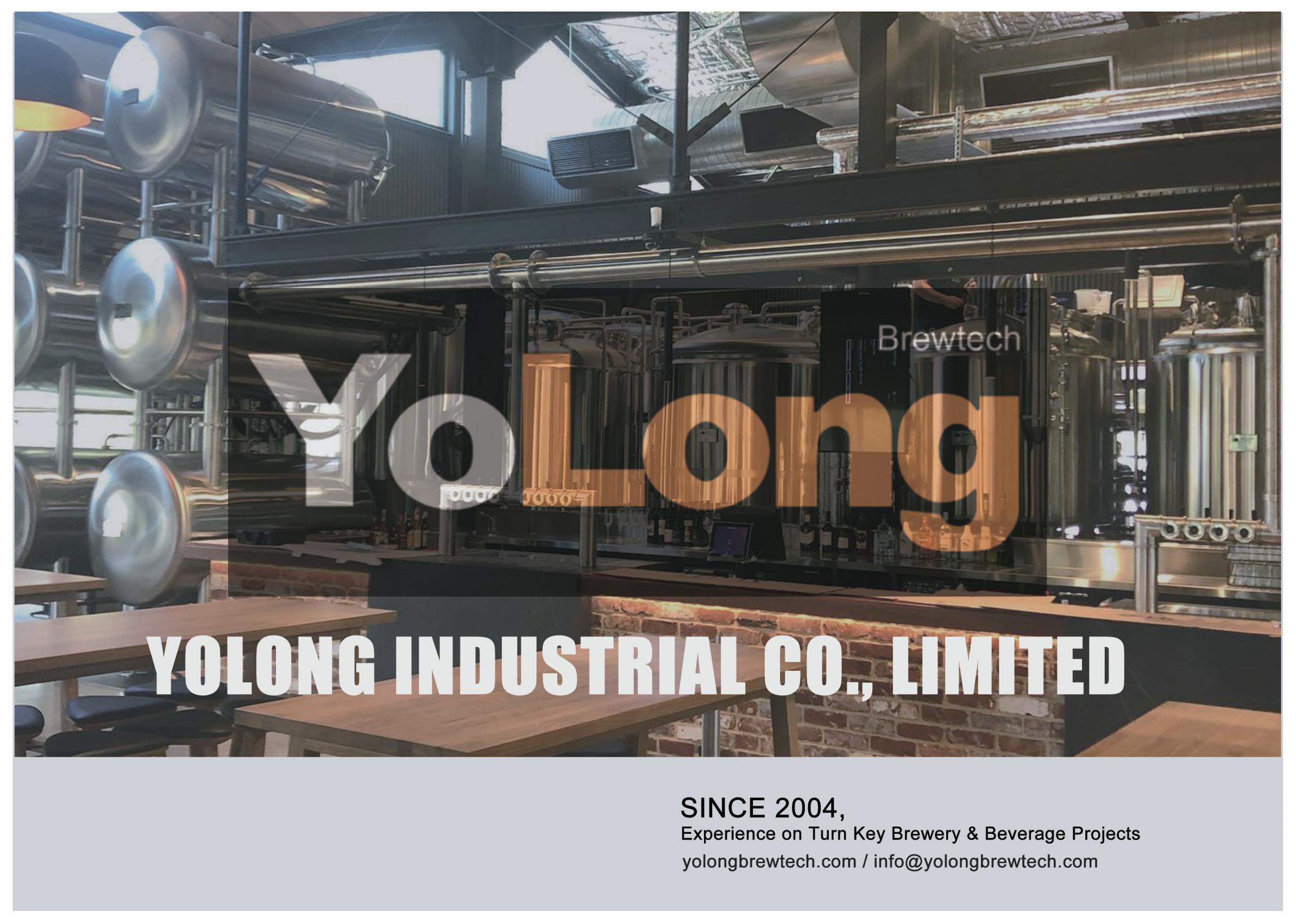Chronical Fermenter
Introduction and Overview
Are you a passionate brewer looking to perfect your craft? Or perhaps you’re a newbie, curious about the magic behind creating the perfect beer, cider, or kombucha? Enter the chronical fermenter, the unsung hero of fermentation. This specialized piece of equipment has revolutionized brewing by offering precision, control, and consistency in the fermentation process.
A chronical fermenter is a conical-shaped fermentation tank used primarily in brewing beer but also finds applications in other fermentation-based products like wine and mead. Its design ensures optimal yeast separation, temperature control, and ease of use—all while keeping your brewing environment sanitary and efficient. Unlike traditional flat-bottom fermenters, its conical shape offers significant advantages for both amateurs and professional brewers.
But why is it so popular? For one, it eliminates the guesswork, giving you a professional edge, whether you’re brewing at home or at a commercial scale. This guide will dive deep into the nitty-gritty of chronical fermenters, from how they work to their benefits, pricing, and everything in between. Let’s explore!
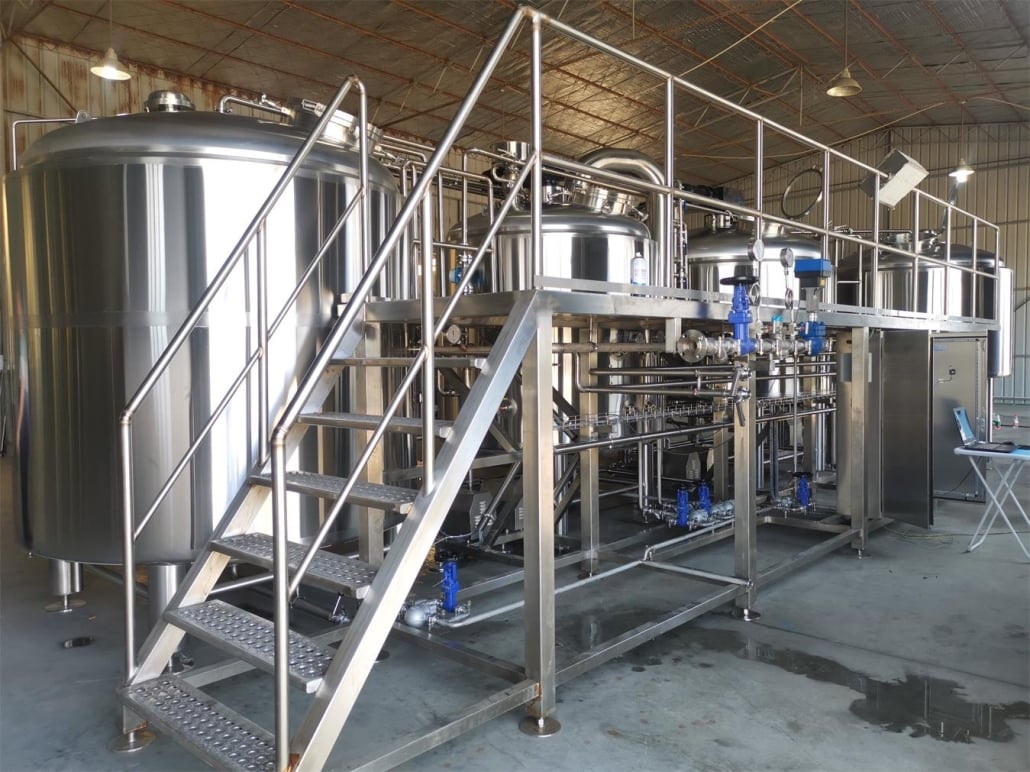
How a Chronical Fermenter Works
So, how exactly does this sleek, conical contraption operate? At its core, a chronical fermenter serves as a controlled environment for yeast to convert sugars into alcohol and carbon dioxide during fermentation. Its cone-shaped bottom plays a critical role in separating yeast and sediments (trub) from the liquid, ensuring clarity and better flavor profiles in your final product.
Here’s a simple analogy: Think of a chronical fermenter as a wine decanter, but much cooler. It separates unwanted solids while allowing you to siphon off the good stuff effortlessly. Gravity does most of the work here. The yeast settles at the bottom, thanks to the tapered design, leaving the top layer pristine and ready for bottling or secondary fermentation.
Another standout feature? Temperature control. Most chronical fermenters come equipped with built-in cooling or heating systems, allowing you to maintain the ideal temperature for fermentation. This ensures the yeast stays active and happy, producing consistent results every time. Want to create a lager at 50°F or an ale at 68°F? No problem—this fermenter has you covered.
Features and Design of a Chronical Fermenter
When choosing a chronical fermenter, it’s essential to understand its key features and how they contribute to your brewing success. Let’s break it down:
1. Materials
Most chronical fermenters are made of stainless steel, offering durability, easy cleaning, and resistance to bacteria. Unlike plastic fermenters, stainless steel doesn’t absorb odors or flavors, ensuring each brew remains untainted.
2. Shape and Size
The iconic conical shape isn’t just for aesthetics. It allows sediment to settle at the bottom, while the liquid remains clear. Sizes range from small, 5-gallon homebrew fermenters to massive, 100-gallon commercial tanks.
3. Customization
Many models come with optional features like racking arms, pressure-relief valves, and sampling ports. Want to brew under pressure for carbonation? Some fermenters have you covered with pressurizable lids.
Capacity and Design Table
| Feature | Small-Scale (5-10 Gallons) | Medium-Scale (15-50 Gallons) | Large-Scale (100+ Gallons) |
|---|---|---|---|
| Material | Stainless Steel | Stainless Steel | Stainless Steel/Hybrid |
| Space Requirement | Compact | Requires dedicated area | Requires industrial space |
| Customizations | Limited | Moderate | Extensive |
| Common Use Case | Homebrewing | Small breweries | Commercial brewing |
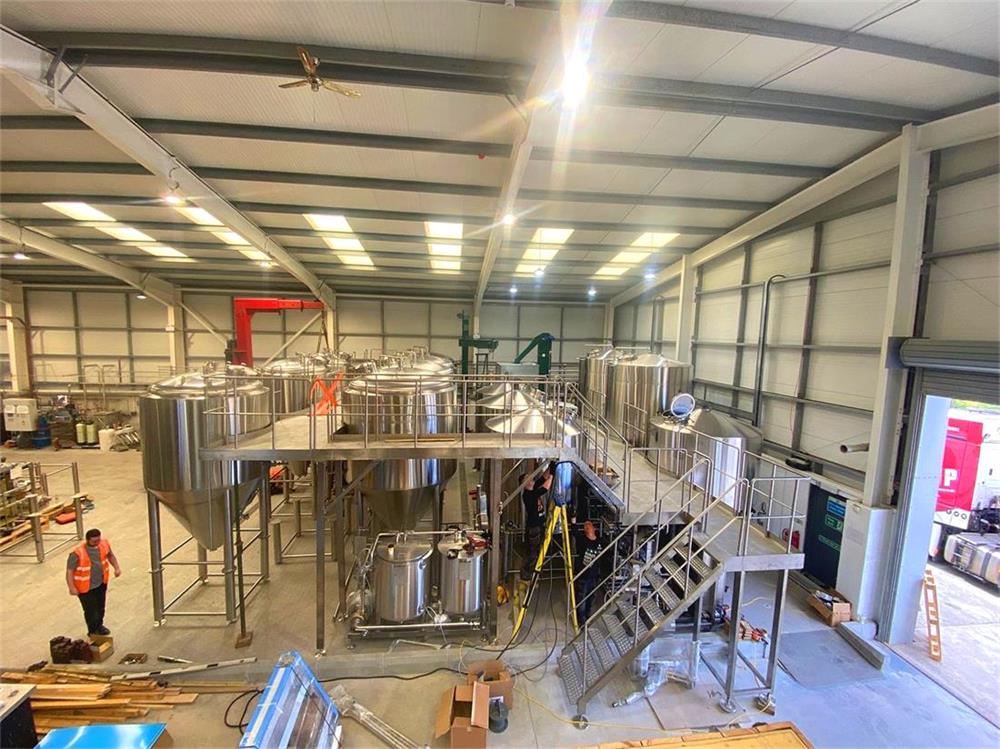
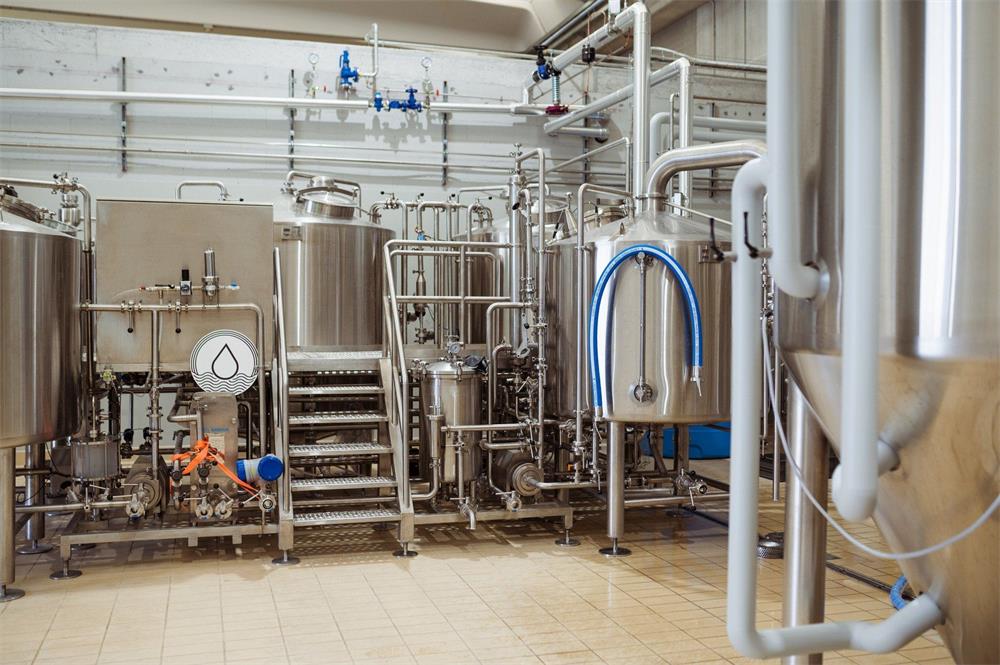
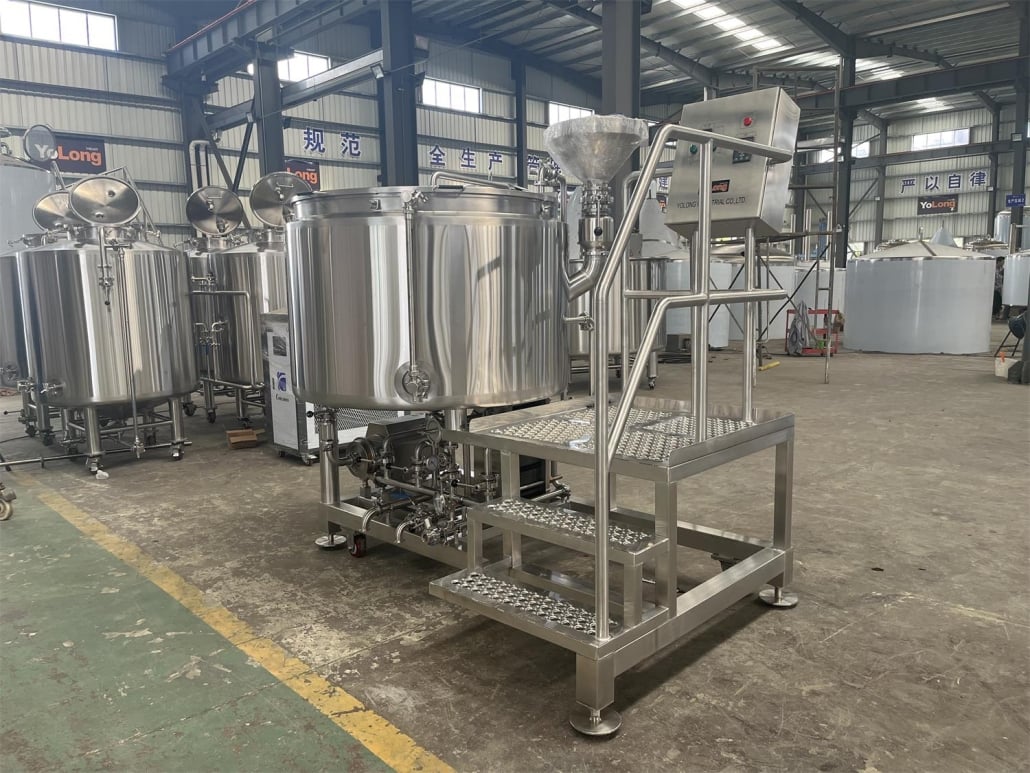
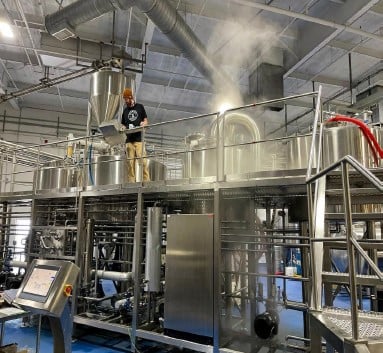
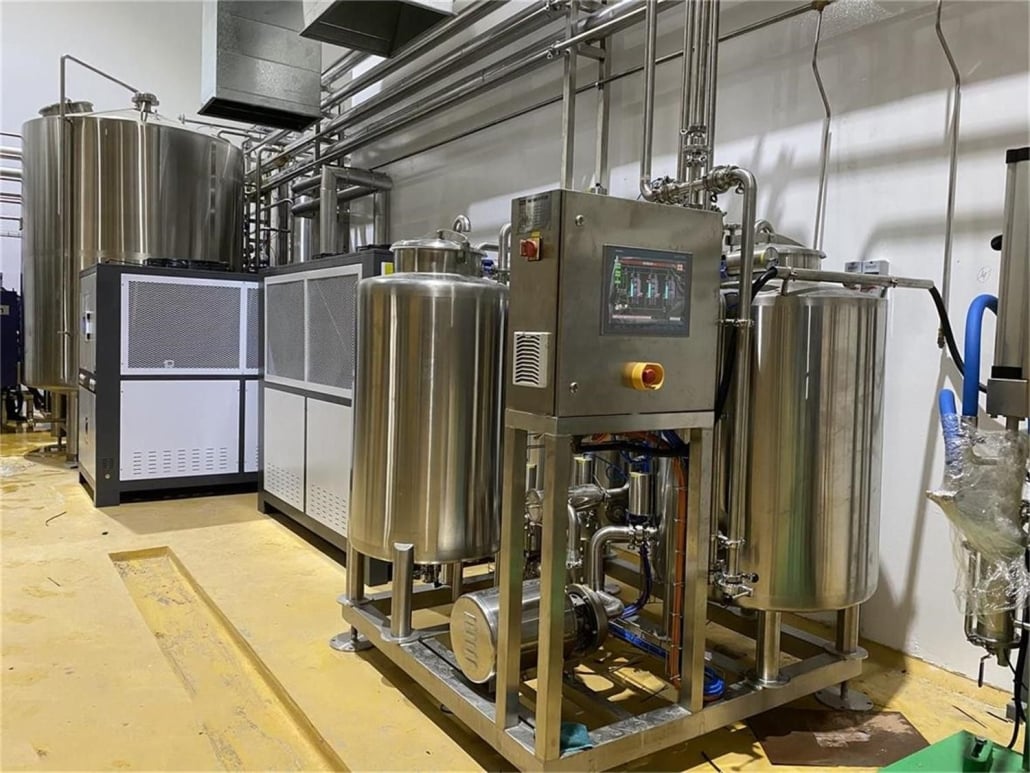
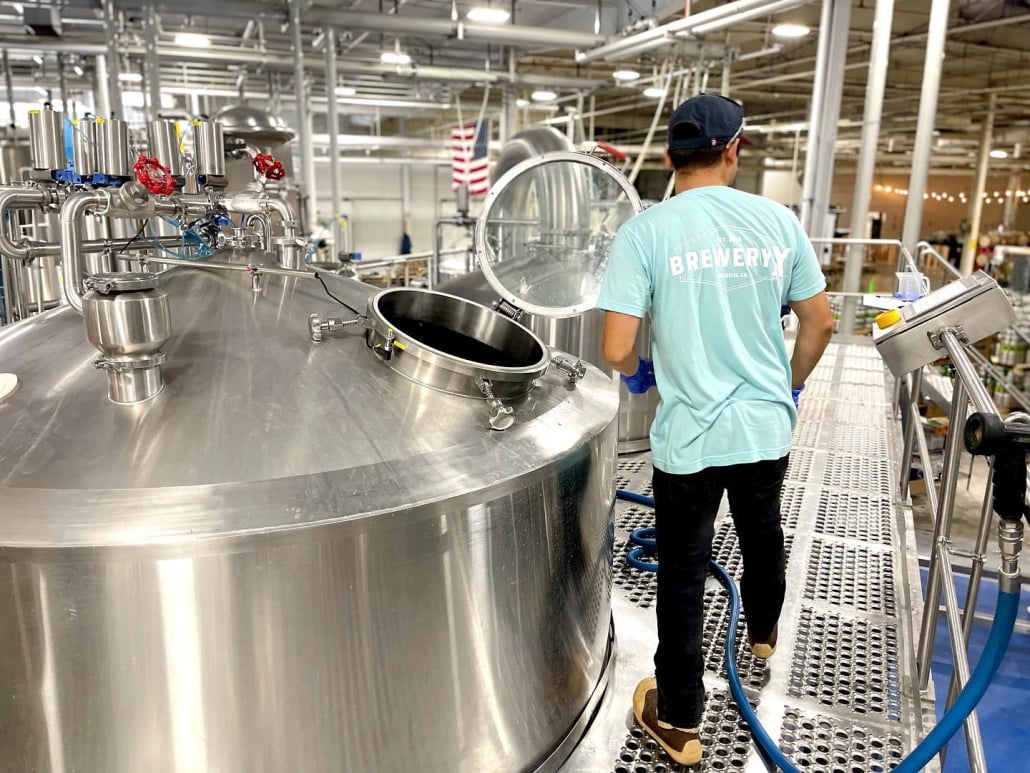
Troubleshooting Common Issues with Chronical Fermenters
Even the best equipment can run into hiccups. Let’s tackle some of the most common challenges brewers face with chronical fermenters—and how to fix them.
1. Leaking Valves
Notice a slow drip from the bottom valve? Over time, seals and gaskets can wear out. The fix? Regularly inspect and replace gaskets and ensure valves are tightly closed.
2. Temperature Control Problems
If your fermenter isn’t maintaining the desired temperature, the culprit could be the cooling system. Check for proper glycol levels (if applicable) or ensure the heating wrap is functioning correctly.
3. Poor Yeast Performance
Yeast that fails to ferment could be due to poor aeration or incorrect temperatures. Always aerate your wort and monitor temperature settings closely.
Step-by-Step Brewing Process with a Chronical Fermenter
Curious about how this magical device integrates into the brewing process? Here’s a breakdown:
- Wort Transfer: After boiling your wort, transfer it into the fermenter. The wide opening makes this process seamless.
- Pitching Yeast: Add your yeast and seal the fermenter. The airlock ensures no contaminants enter while allowing CO2 to escape.
- Fermentation: Monitor temperature and gravity readings to track fermentation progress.
- Yeast Collection: Thanks to the conical bottom, yeast collects neatly, making it easy to remove or reuse for future batches.
- Transfer and Bottling: Use the racking arm to transfer your clear beer into kegs or bottles.
Comparison of Suppliers and Prices
| Supplier | Price Range | Special Features | Reputation |
|---|---|---|---|
| SS Brewtech | $200 – $1,000 | High-quality stainless steel | Excellent |
| Blichmann Engineering | $500 – $2,000 | Advanced temperature control | Premium |
| Spike Brewing | $400 – $1,500 | Customizable options | Very good |
| Grainfather | $300 – $1,200 | Compact and beginner-friendly | Great for newbies |
Installation, Operation, and Maintenance
| Aspect | Best Practices |
|---|---|
| Installation | Place on a flat surface, ensure proper ventilation, and connect cooling systems as per instructions. |
| Operation | Regularly monitor temperature, ensure valves are secure, and sanitize thoroughly before use. |
| Maintenance | Clean after every use, inspect gaskets, and avoid abrasive cleaners on stainless steel. |
Advantages and Limitations of a Chronical Fermenter
Advantages
- Better Yeast Management: Easily separate and reuse yeast.
- Improved Sanitation: Stainless steel ensures a clean brewing environment.
- Precision Control: Maintain perfect temperatures for consistent results.
Limitations
- Cost: Initial investment is higher than plastic fermenters.
- Space Requirements: Larger models need dedicated brewing areas.

How to Choose the Right Chronical Fermenter
| Parameter | What to Look For |
|---|---|
| Capacity | Match it to your brewing volume (e.g., 5 gallons for homebrewing). |
| Features | Look for temperature control, racking arms, and sampling ports. |
| Budget | Balance cost with essential features. |
| Brand Reputation | Research customer reviews and warranties. |
FAQs
| Question | Answer |
|---|---|
| What size chronical fermenter should I buy? | Start with a size that matches your batch volumes, such as 5 gallons for homebrewers. |
| Can I brew other beverages besides beer? | Yes, it’s great for cider, wine, mead, and even kombucha. |
| How do I clean a chronical fermenter? | Use a non-abrasive cleaner and follow the manufacturer’s instructions for best results. |
| What is a chronical fermenter, and how does it work? |
Share this entry
Interested in learning more about Brewing Systems including additional details and pricing information? Please use the form below to contact us!
YOLONG BREWERY EQUIPMENT FAQS
- Commercial Brewery / Craft Brewery / Microbrewery / Nanobrewery
- What is The Difference Between Craft Beer and Industrial Beer?
- The Bespoke Differences In Custom Brewing Systems
- Everything You Need to Know About Kettle Souring
- How to Choose Brewing Equipment for Your business?
- How To Choose The-Best Partner To Build Your Commercial Microbrewing System?
- Two Detection Sensors That You Need To Use In Your Brewhouse System
- Remote Control Applications in Brewing Equipment/How does it work?
- How To Clean Your Brand New Brewery Tanks?

